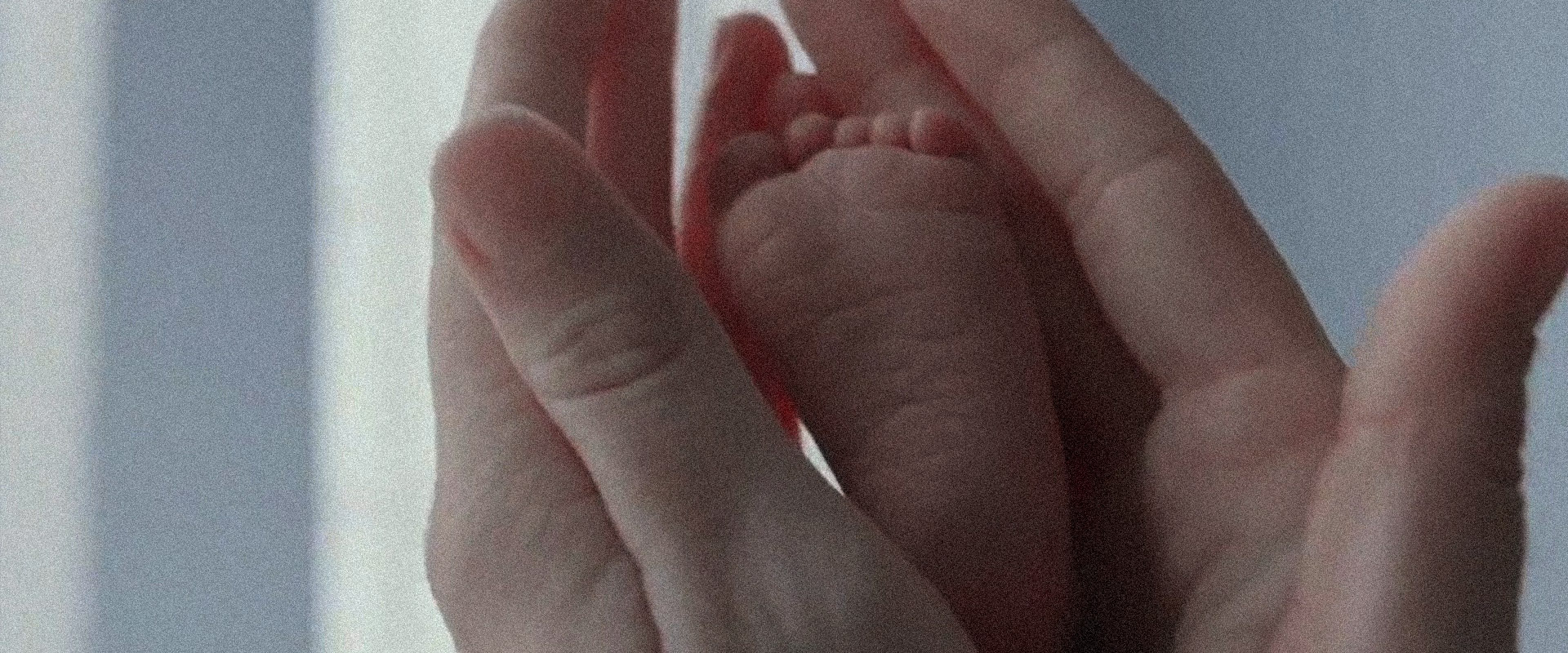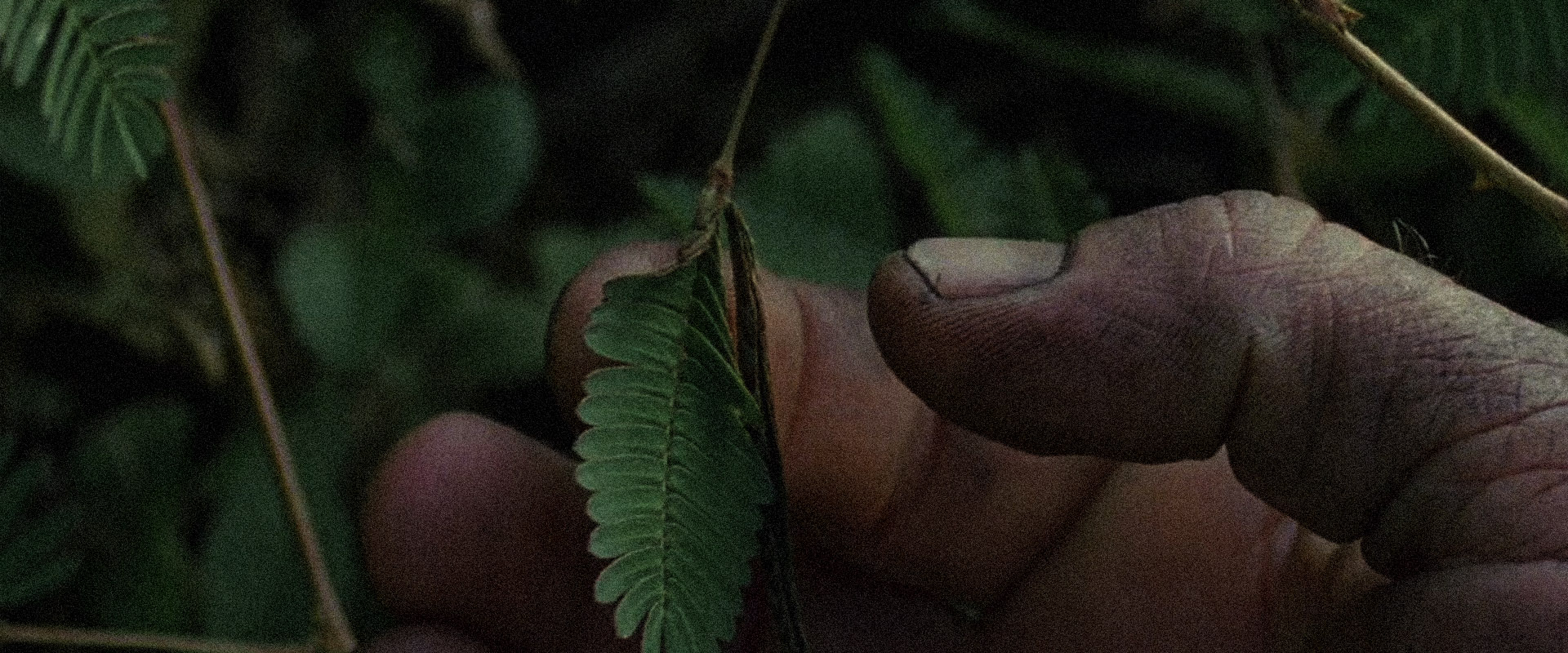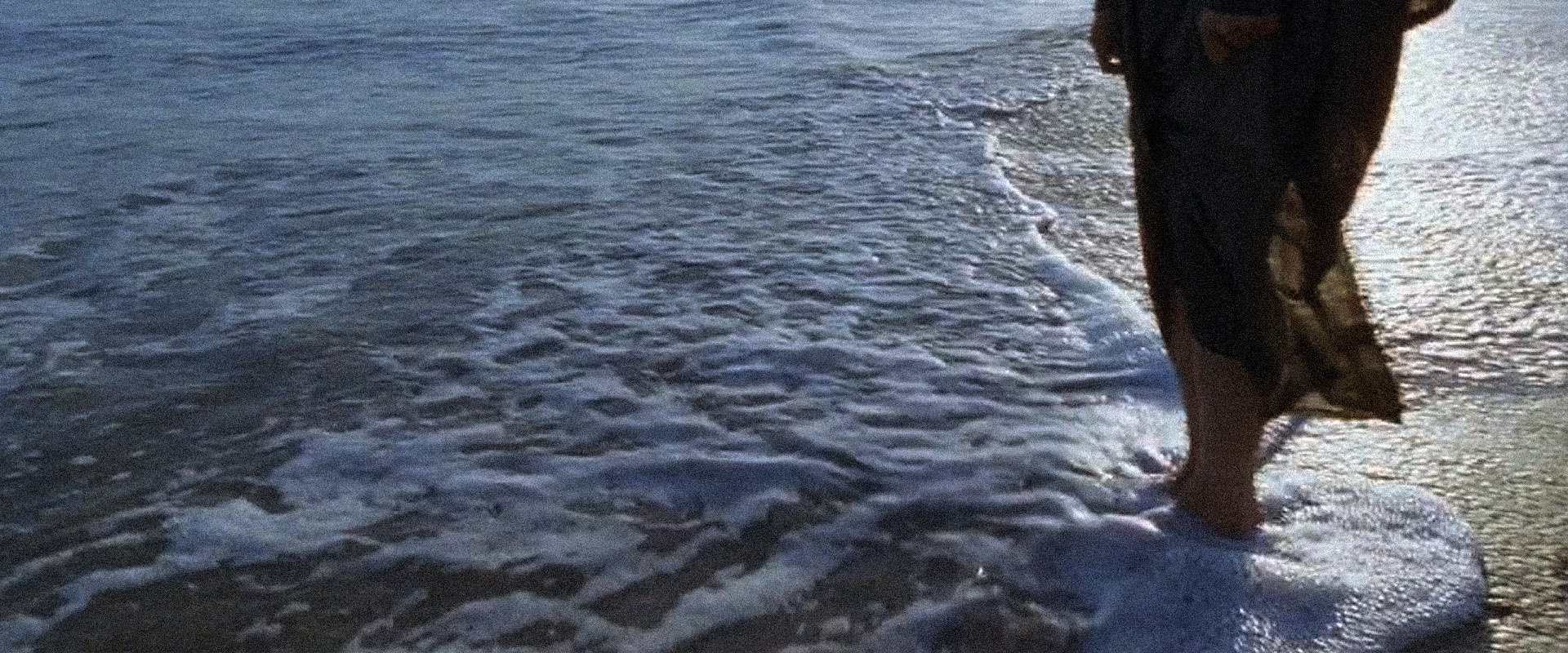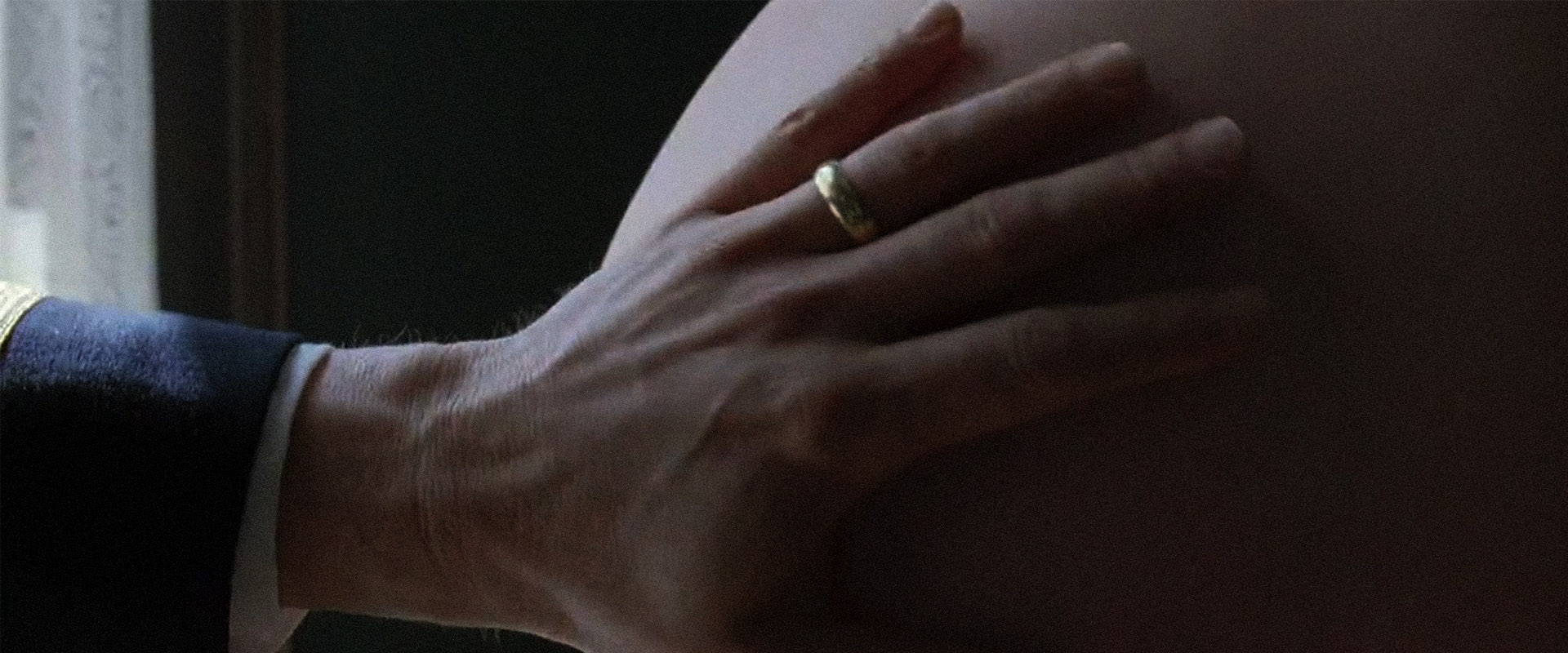Haptic Malick
Film is an audiovisual medium, but sometimes its images and sounds appeal to more than only our eyes and ears. Some films, and some filmmakers, find ways of activating our sense of touch. Such images are called haptic: they seem to turn our eyes into fingers and thus generate a tactile experience of the visuals.
Haptic visuality is a difficult topic to study in written form, although renowned film scholar Catherine Grant has compiled a great list of resources on the subject. The video essay seems like a better fit for this field of study, because it can directly engage with the optic / haptic imagery it discusses. But strangely enough, only a couple of video essays have been devoted to the haptic. Again, Catherine Grant led the way and I can also remember a piece on the evocation of tactile sensations in Andrea Arnold’s Wuthering Heights.
Film student Chiara Berrevoets makes a great contribution to this small collection of video essays on the tactility of images. She focuses on Terrence Malick in an evocative montage that feels its way through his filmography. Berrevoets touches upon several aspects of the haptic image and mentions the various technical ways in which this effect can be achieved (the use of grain and textures, by playing with light and with the speed of the footage…) But ultimately, she aims to get to the essence of these haptic visuals in a way that is much more, well, Malick-like.
Chiara Berrevoets uses Malick’s own stylistic penchants in her essayistic examination of his movies. Her poetic voice over is suggestive rather than descriptive, blending personal experience with objective observation. She uses a recurring metaphor, borrowed from Malick, to link the embryonic and the infinite – a topic that resonates well with how a small touch can open up a whole new world. Also, the stream-of-consciousness quality of the editing echoes Malick’s own: each image hands over the reins to the next in a chain of visual echoes.
Overall, the lyrical quality of this video essay is a natural fit for Malick’s movies. And it makes maximal use of the “essay” in “video essay”. This freeform approach is also a smart choice for this particular subject, as it helps the viewer experience firsthand the characteristics of the haptic. In addition to helping you understand what haptic images do, Berrevoets also lets you feel it.
This video essay includes clips from:
Badlands [feature film] Dir. Terrence Malick. Jill Jakes Production et al, USA, 1973. 94 mins.
The Thin Red Line [feature film] Dir. Terrence Malick. Phoenix Pictures et al, USA, 1998. 167 mins.
The New World [feature film] Dir. Terrence Malick. Sunflower Productions et al, USA, 2005. 135 mins.
The Tree of Life [feature film] Dir. Terrence Malick. Plan B Entertainment et al, USA, 2011. 139 mins.
To the Wonder [feature film] Dir. Terrence Malick. Redbud Pictures et al, USA, 2012. 112 mins.
Knight of Cups [feature film] Dir. Terrence Malick. Dogwood Films et al, USA, 2015. 118 mins.
Voyage of Time [documentary] Dir. Terrence Malick. Plan B Entertainment et al, USA, 2016. 90 mins.
Song to Song [feature film] Dir. Terrence Malick. Buckeye Pictures et al, USA, 2017. 129 mins.





